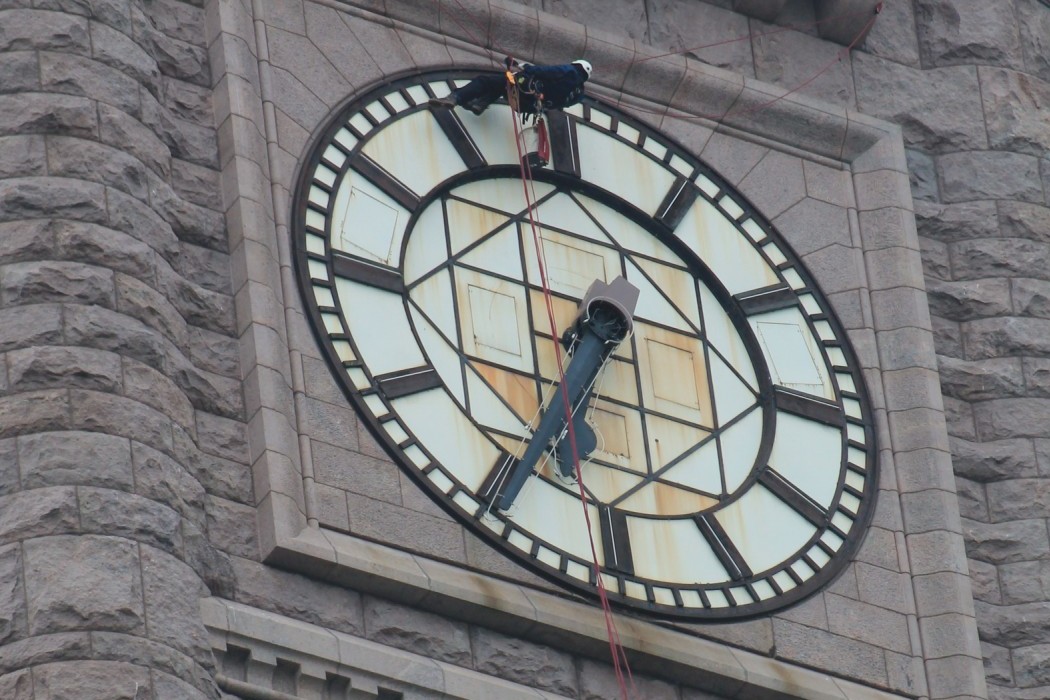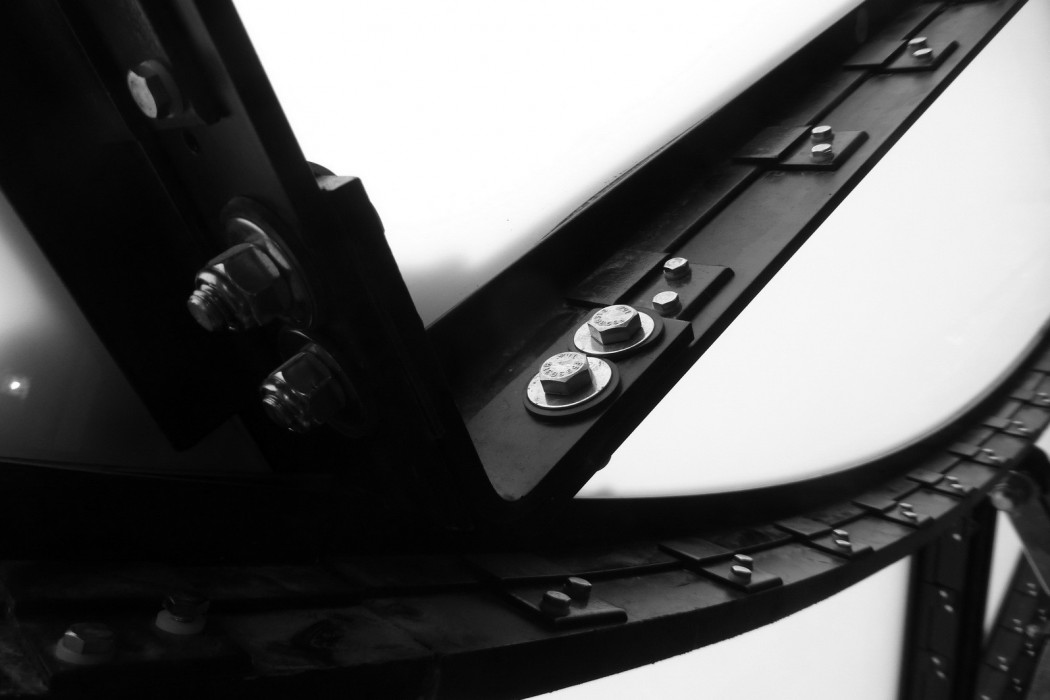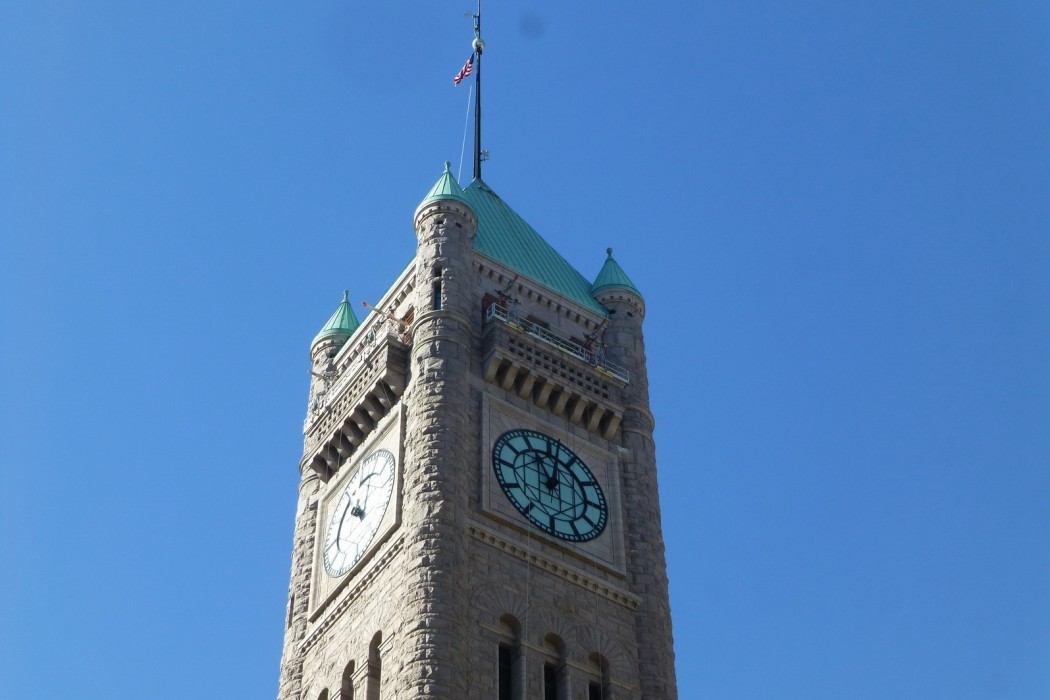WJE PROJECTS
Minneapolis City Hall
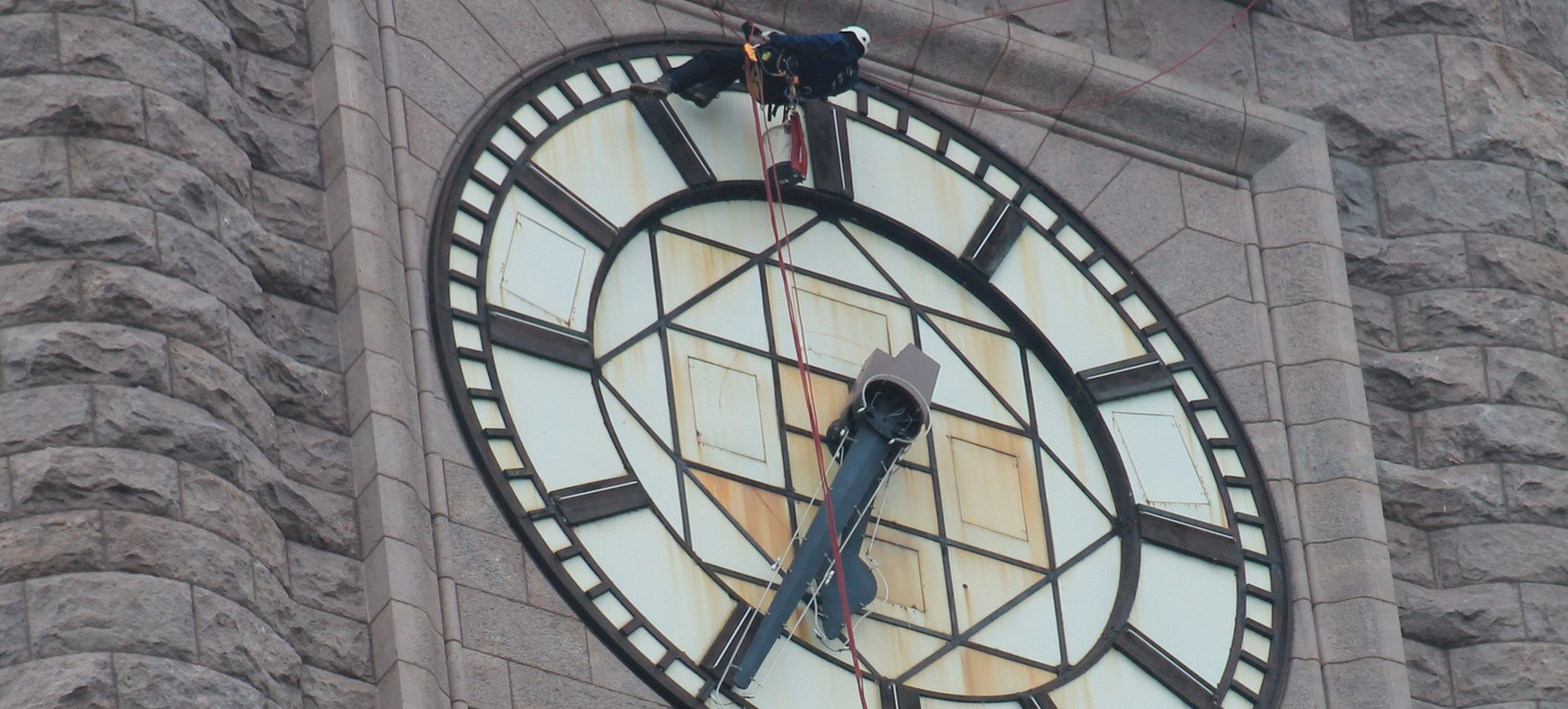
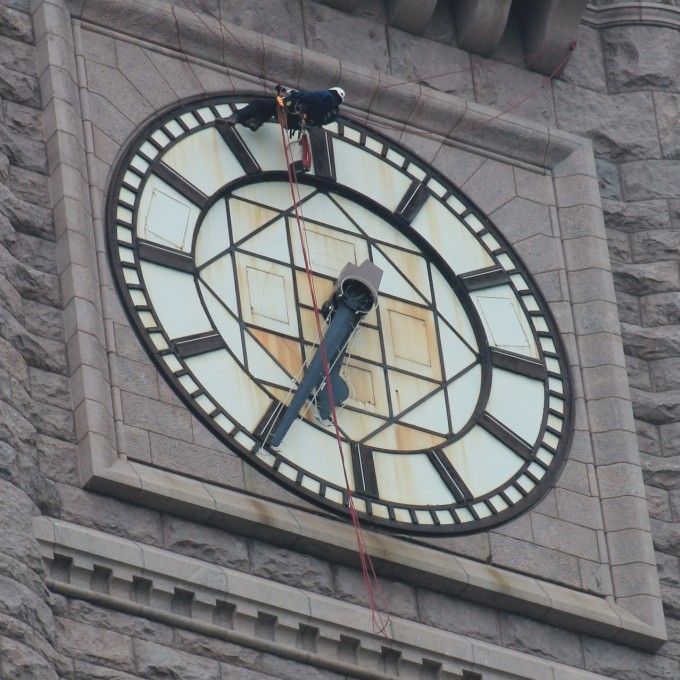
CLIENT |
City of Minneapolis Municipal Building Commission |
LOCATION |
Minneapolis, MN |
Investigation and Design of Clock Faces
WJE was retained by the Municipal Building Commission to perform a structural and material evaluation of the historic ferrous metal elements and adjacent masonry at the north, south, east, and west faces of the clock tower atop Minneapolis City Hall. Following the evaluation, WJE was engaged as the structural engineer of record to design new cast aluminum structural elements, which provided support for translucent glass infill panels of the new clock faces.
BACKGROUND
When the Municipal Building was constructed in 1888, it was the tallest building in Minneapolis, with the clock tower reaching 345 feet. The building replaced the previous courthouse and city hall. The base of the building is approximately 300 square feet and six stories tall with a large courtyard on the interior completely surrounded by the building. The exterior walls of the building and clock tower are load-bearing masonry walls consisting of granite and a multi-wythe brick backup.
SOLUTION
WJE assembled a team of engineers with necessary expertise to safely and economically assess the structural condition of the clock faces after a century of exposure in a harsh northern environment, decades of deferred maintenance, and a variety of modifications implemented over the years. Using specialized rope access techniques, WJE’s Difficult Access Team (DAT) rappelled down the tower of the clock, documenting deterioration—including cracking and corrosion—and removing loose steel fragments that could become falling hazards. The DAT used electronic tables and WJE Plannotate—a proprietary software application—to efficiently collect and organize visual observations, photographs, measurements, and the results of nondestructive testing.
The results of WJE’s field work and analysis were compiled in a report that described the existing conditions and identified repair options, which considered the historic significance of the clock faces. After the desired repair option was selected by the Municipal Building Commission, WJE developed construction documents and served as the structural engineer of record for the restoration of the clock, which utilized cast and wrought aluminum for the primary structural elements. These materials were selected for their durability, cost, and constructability. Construction commenced in 2015 and was completed in 2017.
RELATED INFORMATION
-
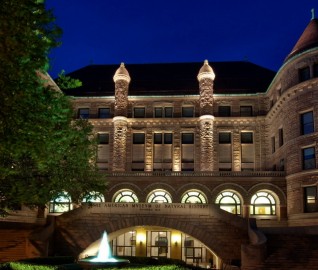 Our professionals deliver practical repair and rehabilitation services that maximize the... MORE >Services | Repair and Rehabilitation
Our professionals deliver practical repair and rehabilitation services that maximize the... MORE >Services | Repair and Rehabilitation -
 We employ our industrial rope access team or drone capabilities to provide clients a solution to... MORE >Services | Difficult Access and Drone Survey
We employ our industrial rope access team or drone capabilities to provide clients a solution to... MORE >Services | Difficult Access and Drone Survey -
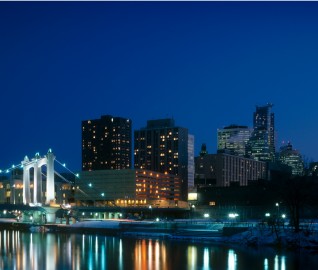 Learn about our Minneapolis office MORE >Offices | Minneapolis
Learn about our Minneapolis office MORE >Offices | Minneapolis



































